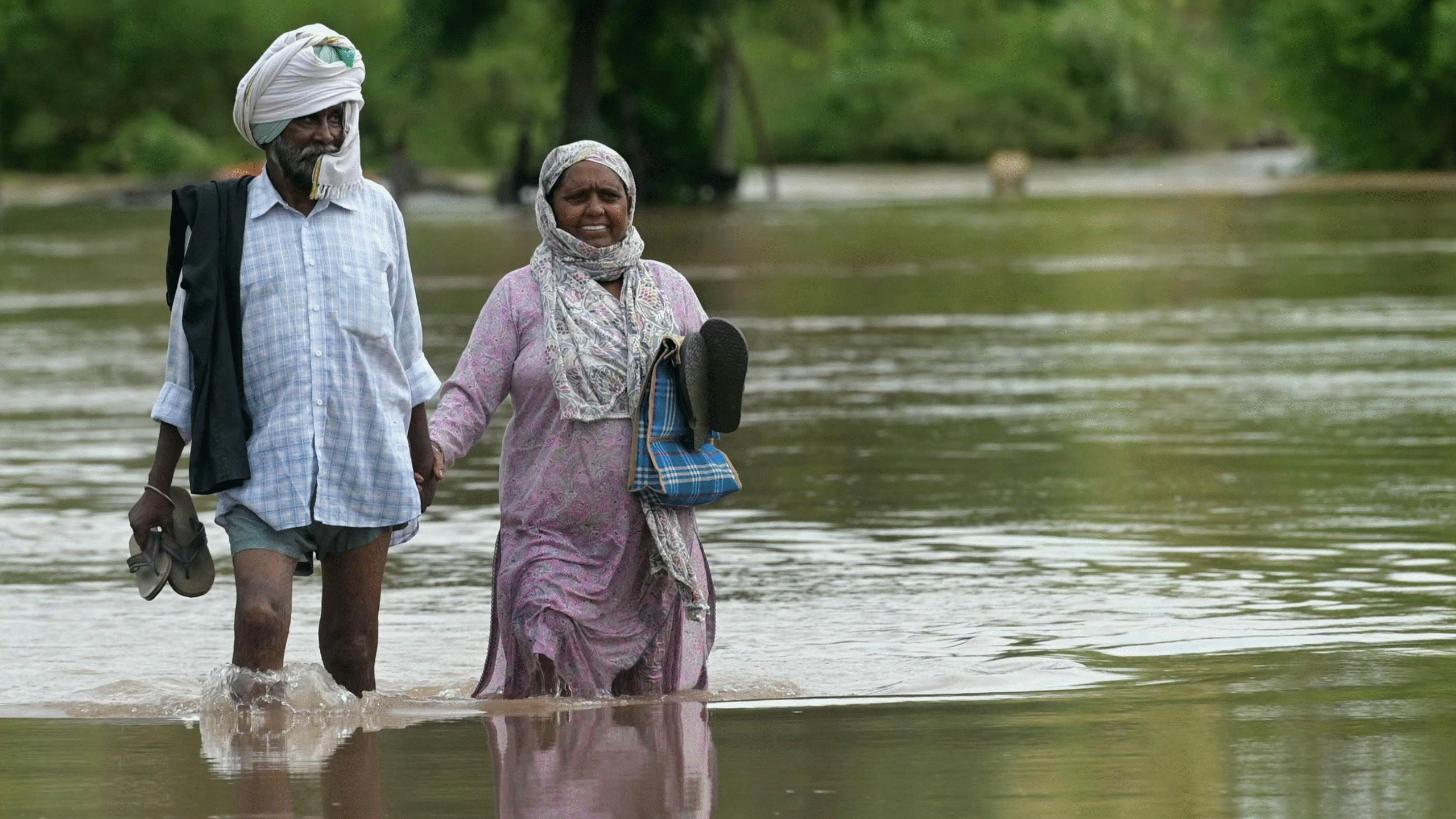Punjab flood crisis has left hundreds of villages submerged, forcing thousands of residents to evacuate their homes. Continuous rainfall over the past several days has triggered overflowing rivers and breached embankments, creating a humanitarian emergency across the state. Authorities and rescue teams remain on high alert as they rush to provide relief.
The Punjab floods 2025 have caused massive damage to farmlands, livestock, and infrastructure. Agricultural districts such as Ludhiana, Patiala, and Jalandhar witnessed severe inundation, leaving farmers worried about their crops and income. Roads remain blocked in many regions, disrupting transport and supply chains. Transitioning from rural areas to towns, waterlogging has also affected small businesses and residential colonies, forcing people to take shelter in relief camps.
Government agencies, along with the Army and NDRF, have intensified rescue operations. Boats and helicopters have been deployed to evacuate stranded families. Volunteers and NGOs also joined efforts by distributing food, medicines, and essential supplies. The Punjab flood crisis highlights the urgent need for stronger infrastructure and disaster preparedness to prevent such large-scale devastation in the future.
Health concerns have started rising as stagnant water increases the risk of waterborne diseases. Doctors and mobile health units are working in flood-hit villages to provide medical support. With schools closed and electricity cut in many areas, daily life has come to a standstill for thousands of families.
Despite the challenges, the resilience of Punjab’s people shines through. Communities are supporting each other, sharing resources, and helping neighbors in distress. Officials assured citizens that relief operations will continue until normalcy returns.
The Punjab flood crisis serves as a reminder of the growing impact of extreme weather events and the importance of proactive planning to safeguard lives and livelihoods.










